Phrenology Institute
Small sculpted heads of prominent phrenologists mark the outside of their former headquarters.
Phrenology was the study of a pseudoscience that was developed by the German neuroanatomist Franz Joseph Gall towards the end of the 1700s and into the beginning of the 1800s. Also referred to as craniology, it held that the shape of a person’s head could reveal an individual’s mental faculties and character. In other words, it might be possible to decipher whether a person had a penchant to commit murder or was a genius, just by studying the size and physical characteristics of their skull.
In 1820, two brothers from Edinburgh, George Combe, (a lawyer) and Andrew Combe, (a physician) founded the Edinburgh Phrenological Society. A vast collection of over a 1,000 objects, including porcelain heads used in their development and defense of this controversial topic, were housed in a museum located along Chambers Street. Besides having more than 40 similar organizations dotted throughout the U.K., the Society maintained well over 100 members, many belonging to the medical profession. The influence of Phrenology would also have a significant impact on Victorian literary society, impacting such authors as; Sir Arthur Conan Doyle, George du Maurier, Bram Stoker, Robert Louis Stevenson, and H.G. Wells.
Within a few short decades, the popularity and validity of this questionable and inflammatory method of deduction had begun to wane. By the 1880s, the museum closed up shop and moved a vast majority of its death and life masks to Edinburgh University’s Anatomical Museum. The ramifications of this now-debunked practice are still felt even today, especially in the fields of genetics and anthropology.
The building that contained the museum and held meetings still stands, marked by busts of four prominent contributors to the Society of Phrenology: Franz Joseph Gall, Johann Spurzheim (another German physician), then George and Andrew Combe. Today, visitors who happen to be traveling down Chambers Street, perhaps to visit the National Museum of Scotland, might look up and see these stone likenesses. Ironically, they may stop to ponder and judge what sort of characteristics these gentlemen possessed.
Know Before You Go
Today the building acts as an extension of the Crown Office, ironically a premises that serves as apart of the judicial system. There is no access to the interior. Several life and death masks can be seen on the fourth floor of The Scottish National Portrait Gallery, including those of the serial killers Burke and Hare, as well as George Combe.
The Anatomical Museum is located nearby on Teviot Place, and is only open to the public on the last Saturday of each month. It is free to visit, but one must obtain a ticket through the official website. If visiting in September, be sure to check out Open Door Days for accessibility.
Plan Your Trip
The Atlas Obscura Podcast is Back!



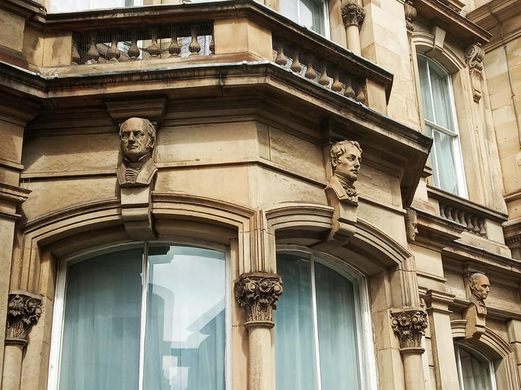
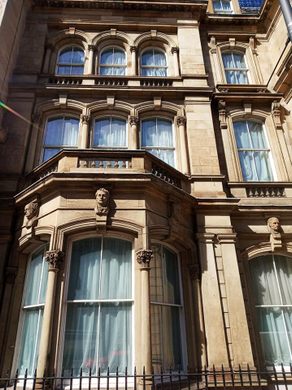
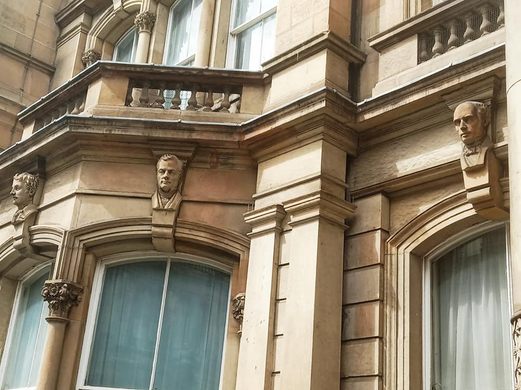
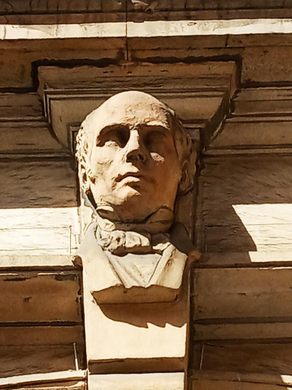
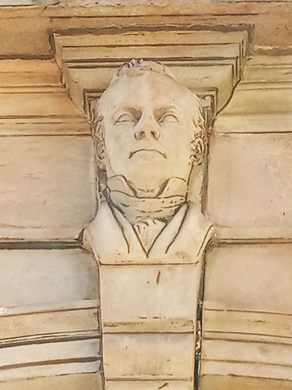
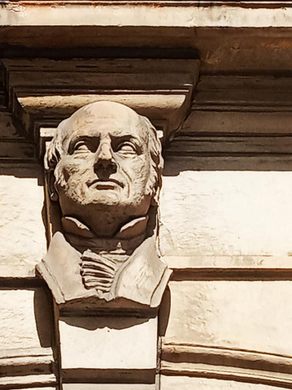
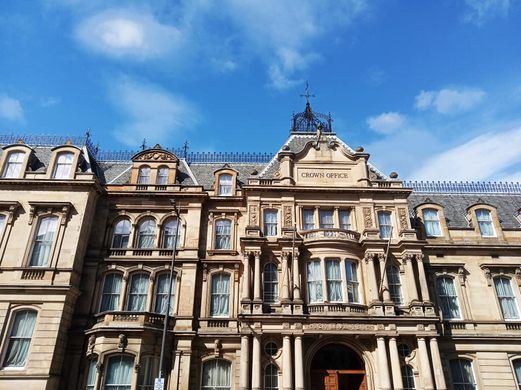

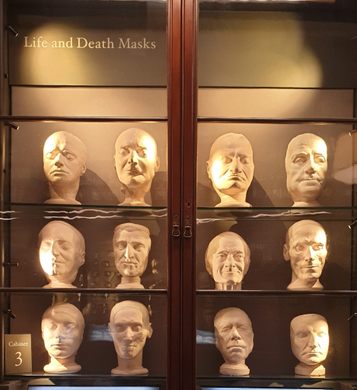
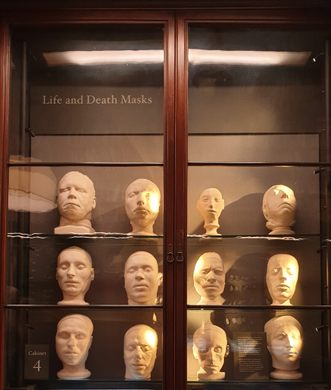


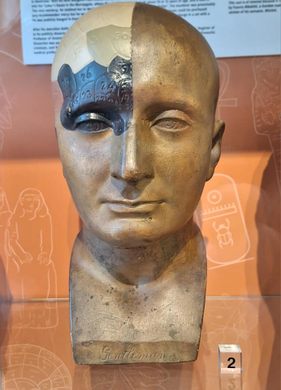

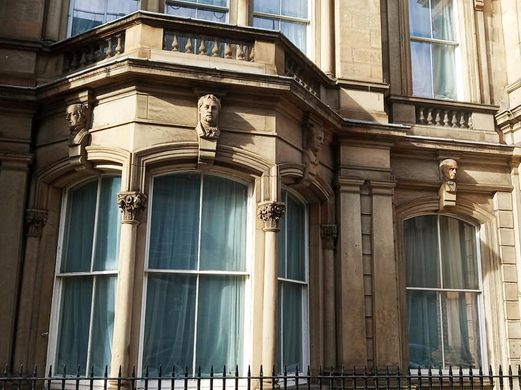





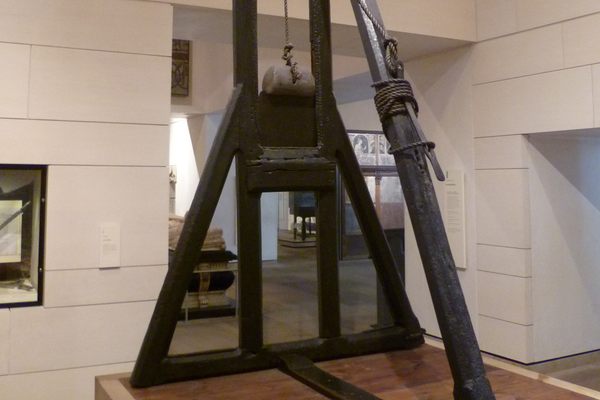
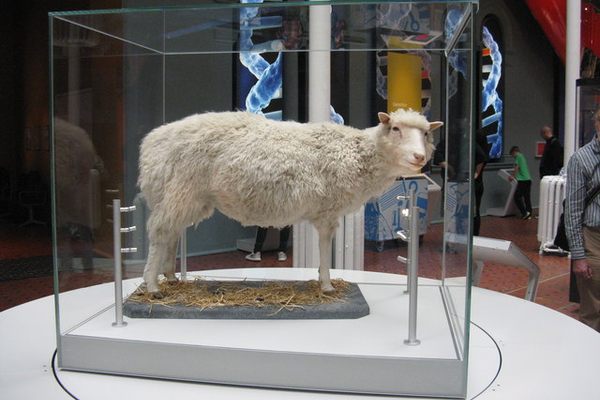

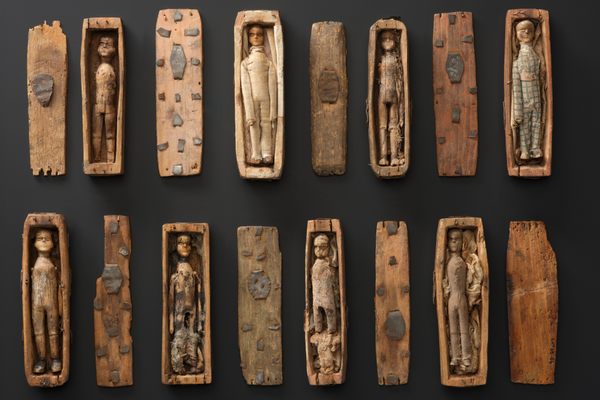
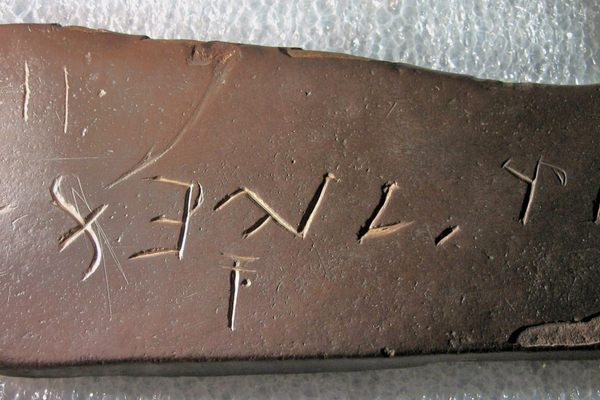




Follow us on Twitter to get the latest on the world's hidden wonders.
Like us on Facebook to get the latest on the world's hidden wonders.
Follow us on Twitter Like us on Facebook